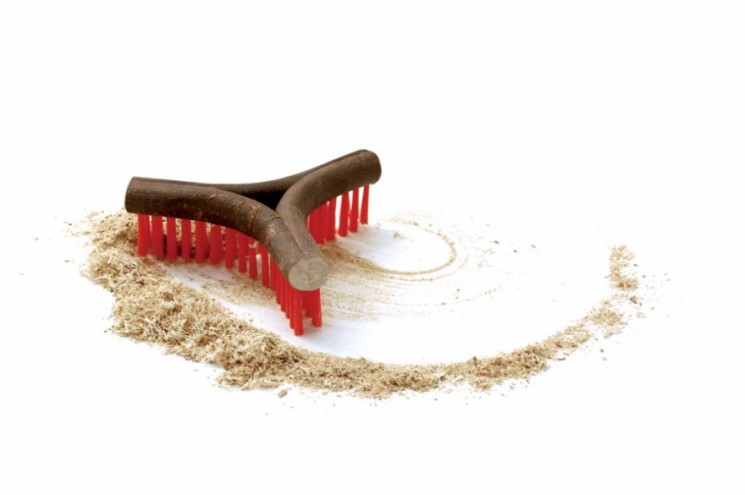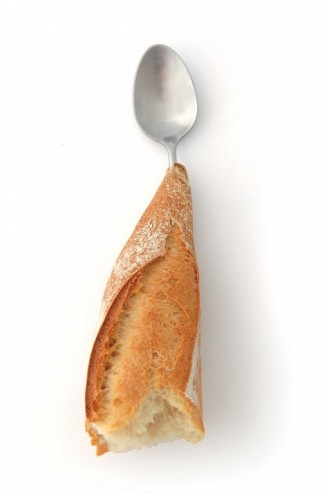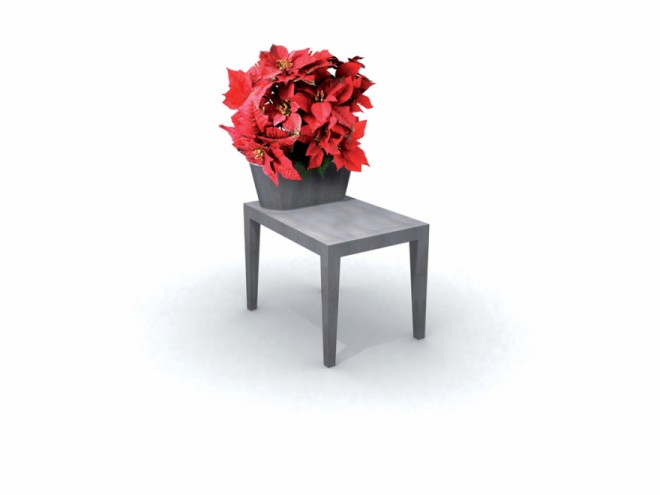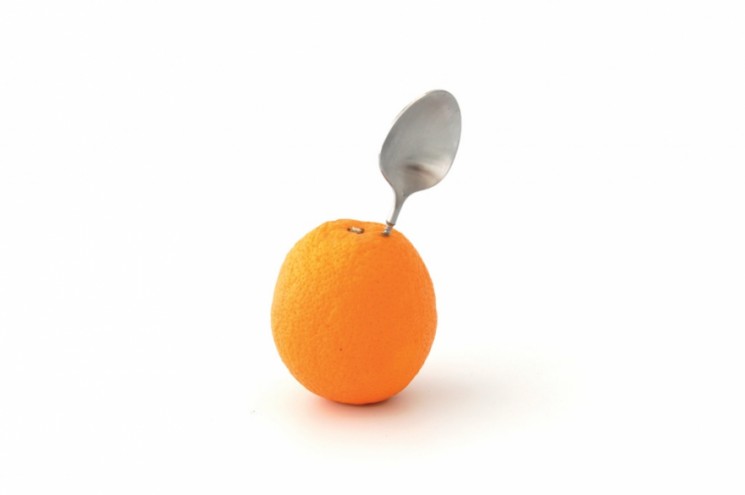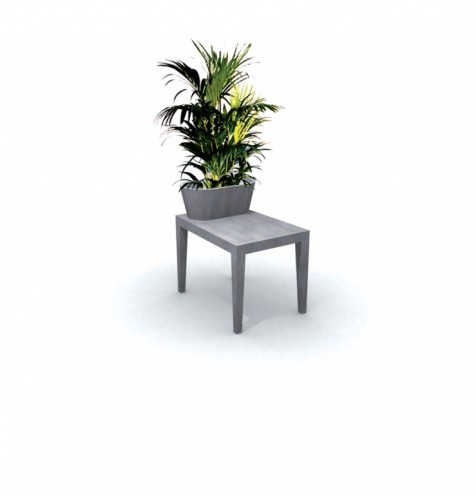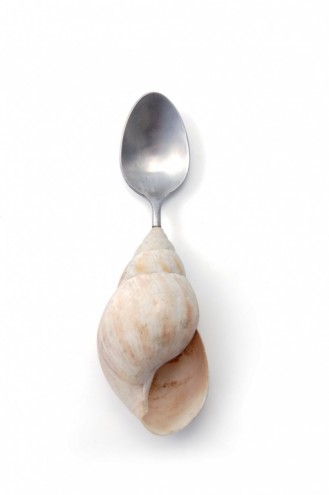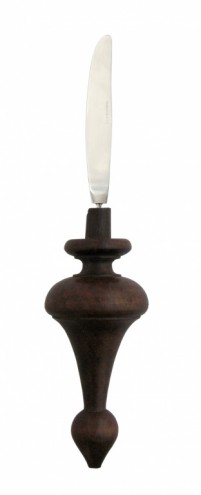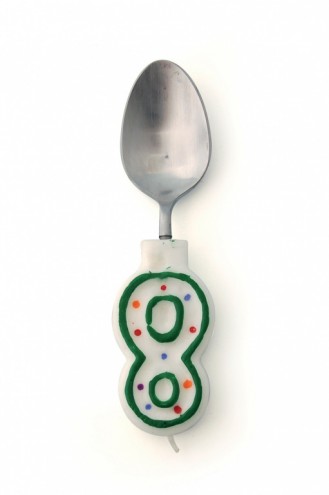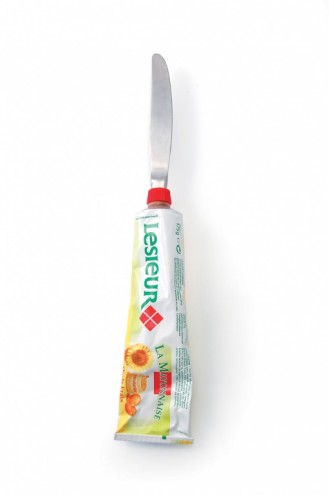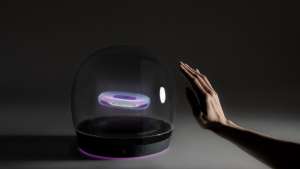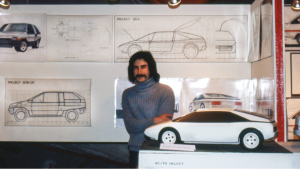First Published in
Design Indaba: Since 2003, 5.5 designers have established a veritable reputation, being awarded the Grand Prix de la Création by the city council of Paris after just three years of existence. Tell us about 5.5’s first five years and how you got to where 5.5 is today.
Anthony Lebossé: The 5.5 story started five years ago, just after we left school. We wanted to make one last project together before we all went off to work in different fields, so we did Réanim: The Medicine of Objects. A lot of press was generated and people were really interested in the project, giving us a lot of freedom to explore it. Of course we decided to continue and supposedly our “last” project became the first one of 5.5!
We are constantly asking what the role and position of designers is, and work in different ways each time. At first it wasn’t so easy to explain to people that it was possible to work in a different way to the strict process of conception that you learn at school. Today however, in project after project, companies seek us out for our naivety in which, instead of offering an answer, we often have more questions to ask the companies. It’s in asking these questions that you find out what they really want and need. We ask these questions by designing objects.
What has become most important for the 5.5 designers is not a question of style, shape, colours or form, but the way that we perceive projects according to our knowledge or story of a company.
Who is 5.5 and how do you all work together?
5.5 designers is a group of four designers – Vincent Baranger, Jean-Sébastien Blanc, Claire Renard and myself. We all work together in a studio, along with two or three other people. A project is never signed by a specific person, but always with the 5.5 label. It’s always quite hard to explain how we work, but what we are quite sure of is that nothing leaves the studio if someone disagrees. You can imagine the big talks we have! We always have to convince the other designers, meaning that we constantly have to reconsider ourselves.
Besides emphasising conceptual rigour and permanent doubt, 5.5 describes itself as being about consumptive alternatives, rather than just shaping objects. How does this get applied in 5.5’s work?
When you work in a team, it’s impossible to just talk about shape or colour. Who can be sure whether green or yellow is the best colour? So to eliminate this choice and introduce new ideas, we try to work on the “way we design” instead of working on “designing”. Each project starts from a story that we build around information or demands from a company, and that story informs each decision for the project.
Recently you took quite a radical approach to a product line of yours being cancelled at the last moment. What inspired the Save A Product campaign?
In 2004, an important glassworker group asked us to design a set of tableware in response to the “fooding” phenomenon. Having spent two years working on the range, suddenly 15 days before the press launch, the range was cancelled. Already, 45 000 products had been fabricated, packaged and labelled, and were ready to join the displays of big stores.
At this point, 5.5 designers asked ourselves what the future of these products should be, which in turn resulted in our asking what role and responsibility we had as designers. We are not questioning the decision that was made to stop the production – all designers remember projects that have been called off and we do not question that collaborations can be stopped for any technical, political or financial reason. This wasn’t a vengeful question, but merely a practical consideration regarding the future of these products.
Most likely, the product line would be destroyed by a supervisor, however, how can one justify this in face of the environmental issues that the world faces today? As such, we realised that a designer is not only responsible for the object’s aesthetics but is also a guardian and witness to the product’s lifecycle. The designer already offers commercial alternatives at the beginning stage, but should likewise offer alternatives at the end of the journey.
Upon visiting the plant, we immediately realised that it made more sense to bring the unsold goods back to life, rather than trying to turn them into new products. So we have set upon a massive liquidation of the stock, asking contributors for a symbolic 1 Euro per product.
Based on physical data from each customer’s body, Cloning abstractly interprets bodymetrics to shape vases, valet stands, pillows, lamps, carpets, mirrors, wallpaper, combs, cups and seats. This seems to question the globe’s consensual aesthetics regarding not only décor but body image?
We always look for new stories and processes that allow us to design new objects. The starting point was to see how it was possible to design something according to someone. Our first answer was to extract a physical characteristic and include it into an object, like a real cloning experience. Each object fits a physical detail and gives birth to an object that can be more or less different from the source. Consumers are integrally involved in the process, which links them with the amazing knowledge inherent in craftsmen, such as glass blowers, as well as high-technology industries, such as pressure capture and laser cutting.
A lot of 5.5’s work seems imbued with notions of embedding distinctly personal attachment to objects (such as the bodymetrics in Cloning, the build-your-own furniture bricks and the living garden furniture) and celebrating natural mistakes to reduce manufacturing (such as in Clean and O Christmas Tree). What is 5.5’s approach to sustainable and environmentally friendly design?
Firstly it’s always important for us to design things that tell people something and that they can understand imme-diately. As a result, we are forced to ask whether a designer really is a style leader and how it is possible to involve consumers in the process. Wouldn’t it be nice if everyone was able to design items for themselves? By involving people in the design, one creates a strong link between people and their objects. Making people care more about an object improves both the person and object’s life, decreasing the waste of objects thrown out without any conscience.
The environment is not a starting point in our work, but it’s something that we always include in our design and try to consider in the companies we work with. It’s a really hard question, because you have to consider the global conception of the object and not just think if it’s recyclable or not. Do people really recycle objects that can be recycled? What about the truck’s trip and the packaging? Taking the environment into consideration is a big challenge and we are still working on it, but a designer can’t do that alone.
A lot of your work also questions typical design theory maxims – Twin Products addresses the notion of authenticity, Style IV questions the validity of a single object, Plaisir d’Offrir turns the gift box itself into a present and Ordinary Objects asks whether design is a style. All this can sound very theoretical, so how do you manage to establish such a strong visual engagement of the concept?
Our projects are all answers to what design is and we always try to consider the role of the designer. When we have a question about design, we all focus on it and try to make an object that comes the closest to making a clearer answer.
In Ouvriers-Designers and Clean, 5.5 took design innovations right into the manufacturing process. Please tell us more about your work on the industrial chain of Bernardaud’s porcelain factory?
The Ouvriers-Designers project for the Bernardaud Foundation was carried out to form part of a new biennial of ceramics at Châteauroux. By intervening in the industrial chain of the factory, we authorised workers to express creative freedom and disturbances by completing certain stages of production by hand. These stages were casting, calibration, enamelling, finishing, garnishing, transfer and spinning. By setting this up within a specific framework, a multitude of new products were generated through a traditional production chain – thus a whole new methodology of design. A new formal vocabulary based on error, reverse and imperfection was created, ironically serving to emphasise the very perfection that Bernardaud’s workers are known for. From this generous, plentiful and spontaneous process of production, a series of objects was selected to form a range that confirms the potential of a design based on the supplies in hand.
Defects of Deco is an hilarious indictment of extreme functionalism and over-consumption. What is the allure of humour for 5.5?
We take pleasure in working together and our objects reflect the way we work. When people smile, we know that they get the idea or the story. The world is populated with so many boring objects. By bringing about a smile in a supermarket, we’ve made it more interesting.
So, to return to Réanim: The Medicine of Objects – your last project as students, which turned into your first project as 5.5 – how has this project guided 5.5’s development?
When we created Réanim, we wanted to talk about the process of designing chairs, the consumption of objects and their life story. People don’t really care about design and it’s not really funny to hear a story about a design process. So we considered objects as though they were patients and used the metaphor of the medicine to make the design process understandable. In some sense, this has remained our predominant attitude towards the design process.

